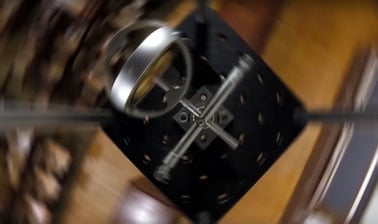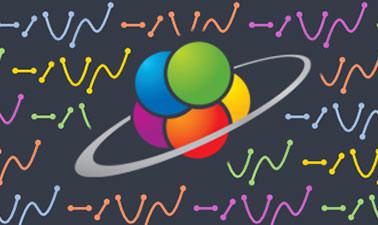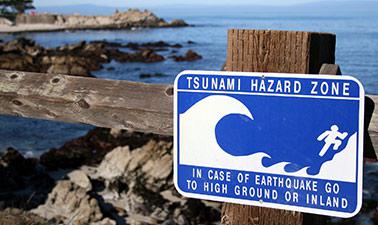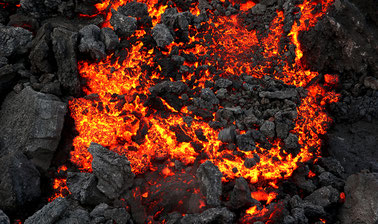The online wave on a string simulations show us what the different types of waves that occur on a string look like.
The concept of wave on a string refers to the propagation of a wave along a string. This concept is fundamental in wave physics and can be studied using principles such as wavelength, amplitude and velocity of propagation.
A wave on a string is generated by an initial disturbance, which can be caused by an external source, such as a hand shaking the string, or by an initial motion applied to one end of the string. This disturbance creates a wave that propagates along the string.
Wavelength is the distance between two corresponding points of a wave. In the case of waves on a string, the wavelength refers to the distance between two successive crests or two valleys of the wave. It is represented by the Greek letter lambda (λ) and is measured in meters.
The amplitude of a wave on a string is the maximum distance a particle on the string moves relative to its equilibrium position. In other words, it is the maximum height of the wave measured from the rest position of the string. The amplitude is related to the energy carried by the wave: the greater the amplitude, the greater the energy.
The velocity of wave propagation in a string depends on the tension of the string and the linear mass of the string. The relationship between these factors is given by the wave equation: v = √(T/μ), where v is the propagation velocity, T is the string tension and μ is the linear mass of the string.
Waves in a string can be of different types. In transverse waves, the particles in the string move perpendicular to the direction of wave propagation. In longitudinal waves, the particles of the string move in the direction of wave propagation. In standing waves, on the other hand, interference patterns are generated due to the superposition of incident and reflected waves.
The study of waves on a string has practical applications in various fields. For example, in music, instrument strings, such as those of a guitar or piano, generate waves that produce the different tones and frequencies. In addition, the waves on a string are fundamental in the transmission of signals in telecommunications, as in optical fibers.
Explore the exciting STEM world with our free, online simulations and accompanying companion courses! With them you'll be able to experience and learn hands-on. Take this opportunity to immerse yourself in virtual experiences while advancing your education - awaken your scientific curiosity and discover all that the STEM world has to offer!
- Transverse
- Longitudinal
- Standing
- Velocity
- Lab
Transverse waves on a string
This simulation shows the motion of particles in a medium when a transverse wave passes through. You can increase the amplitude of the motion and change the position of the green point.
Longitudinal waves on a string
This simulation shows the motion of particles in a medium when a longitudinal wave passes. The position of the green dot can be changed.
Standing waves on a string
Esta simulación nos muestra una onda estacionaria en una cuerda. Comprueba qué ocurre al cambiar distintos parámetros de la onda.
Wave on a string
Explore the amazing world of waves! Even watch a string vibrate in slow motion. Move the end of the string and create waves, or adjust the frequency and amplitude of an oscillator.
File
Physics courses


AP Physics 1



AP® Physics 1 – Part 2: Rotational Motion



AP® Physics 1: Challenging Concepts



AP® Physics 1 – Part 4: Exam Prep



Mechanics, Part 2



Mechanics, Part 1



Dynamics and Control

Other courses


Introduction to Algebra



AP Physics 1



Polynomials, Functions and Graphs



AP® Physics 2 – Part 3: Optics and Modern Physics



Basic Steps in Magnetic Resonance



Introduction to Computational Materials Design



Minerals and Mining in a Sustainable World



Introduction to Water and Climate






















